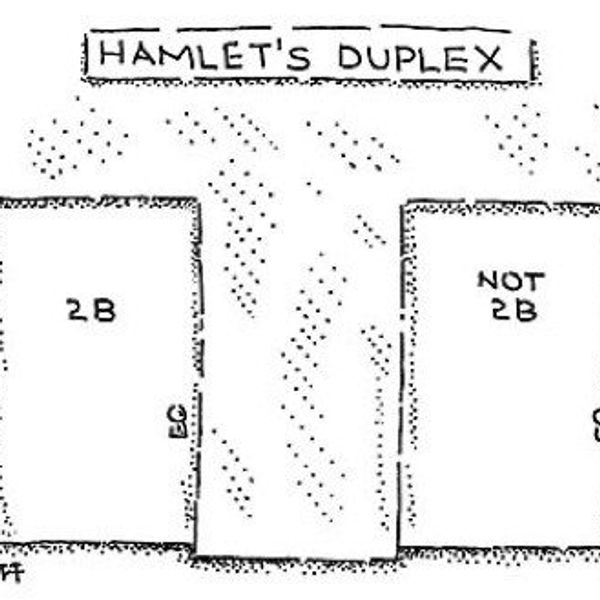On September 22, 1862, Abraham Lincoln issued a preliminary Emancipation Proclamation that declared all slaves to be free that was to go into effect January 1, 1863.
Many Americans believe this was the end of slavery. It may have been the end of slavery as they knew it - but it was not the end of slavery in America - and definitely not across the globe.
If you think slavery ended with Abraham Lincoln, you’re wrong.
Modern slavery has picked up a term that many Americans have heard, human trafficking. The image that commonly comes to mind when one thinks of human trafficking is sex trafficking. A scene that is similar to the one in "Taken" appears in the minds of many when they hear of human trafficking.
Sometimes it’s called “modern-day slavery” and sometimes it is called “human trafficking”. It is all slavery at its core. Human trafficking is a global epidemic. One that does not only take place in foreign countries.
If you think human trafficking only happens to white tourists, you’re wrong.
Those that are most vulnerable are runaways or homeless youth.
There is no set profile for a human trafficking victim. It can happen to anyone. Those who get trafficked span across a wide range of socio-economic backgrounds and varied levels of education.
According to endslaverytoday.org, there are an estimated 20.9 million people in some form of slavery today, and dosomething.org reports that between 14,500 and 17,500 people are trafficked into America each year.
While those numbers may not seem large in comparison to many other issues across the country - any number of people being kidnapped and forced into slavery is too many.
Since human trafficking is a crime that often goes under the radar it can be difficult for law enforcement officers to determine exactly where these horrific crimes take place in the United States.
According to humantraffickingresearch.org the although it is difficult to pinpoint exactly where these crimes take place California, Texas and New York are thought to be the main hubs of human trafficking.
There are six types of modern-day slavery domestic servitude, sex trafficking, forced labor, bonded labor, child labor, and forced marriage.
The majority of those affected by human trafficking are women and children, but there are still many men who are trafficked against their will.
The International Labour Organization estimates that women and girls represent the largest share of forced labor victims with 11.4 million trafficked victims (55 percent) compared to 9.5 million (45 percent) men.
It may seem like this is too large of an issue to help - but that is not the case.
There are many ways to take action. If you see strange behavior or you suspect someone you know is in a situation they did not go into willingly, notify an official. You can also donate to the cause on a number of websites.
The national tip hotline number is 1-888-373-7888.
Slavery is alive in America and certainly in the world. But it does not have to remain that way forever. It is time we take action against an issue that has been a sore on America for hundreds of years.



















